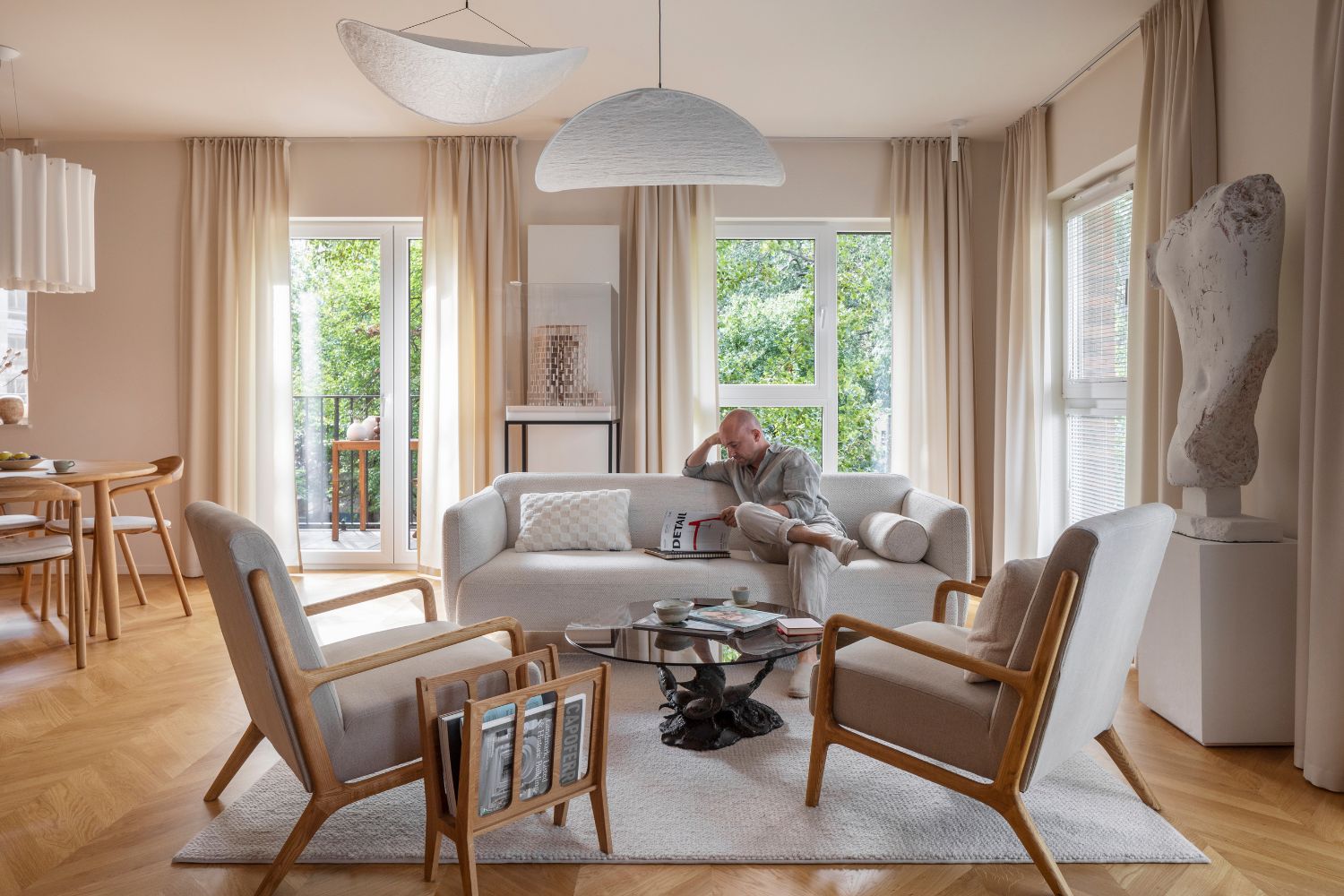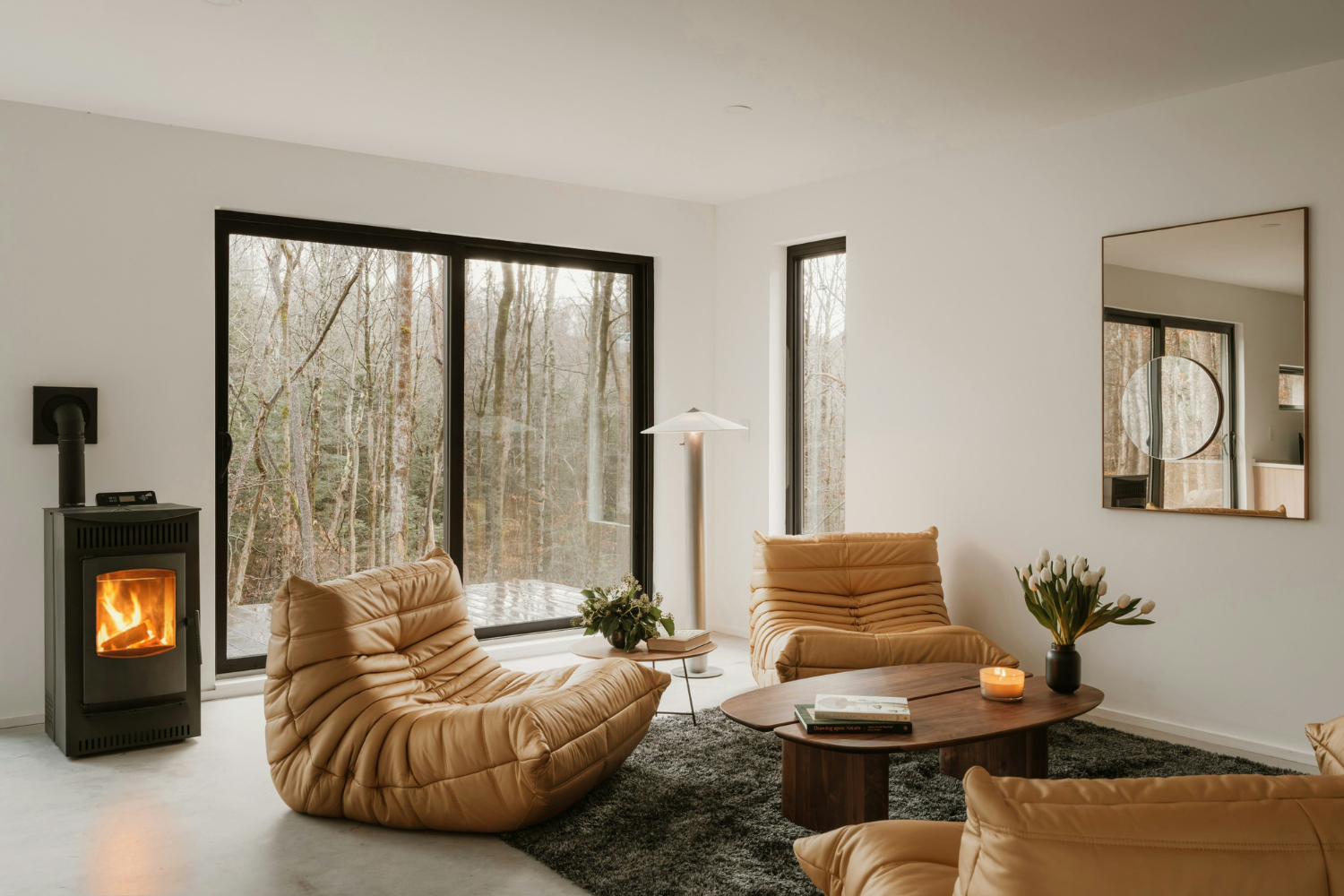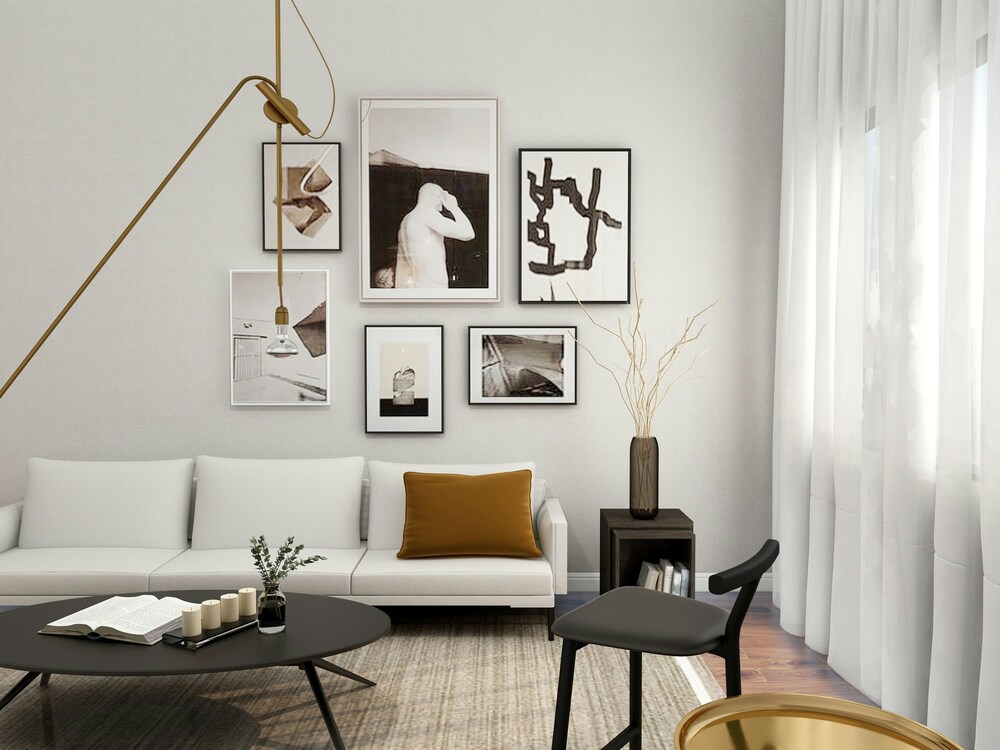- Home
- Articles
- Architectural Portfolio
- Architectral Presentation
- Inspirational Stories
- Architecture News
- Visualization
- BIM Industry
- Facade Design
- Parametric Design
- Career
- Landscape Architecture
- Construction
- Artificial Intelligence
- Sketching
- Design Softwares
- Diagrams
- Writing
- Architectural Tips
- Sustainability
- Courses
- Concept
- Technology
- History & Heritage
- Future of Architecture
- Guides & How-To
- Art & Culture
- Projects
- Interior Design
- Competitions
- Jobs
- Store
- Tools
- More
- Home
- Articles
- Architectural Portfolio
- Architectral Presentation
- Inspirational Stories
- Architecture News
- Visualization
- BIM Industry
- Facade Design
- Parametric Design
- Career
- Landscape Architecture
- Construction
- Artificial Intelligence
- Sketching
- Design Softwares
- Diagrams
- Writing
- Architectural Tips
- Sustainability
- Courses
- Concept
- Technology
- History & Heritage
- Future of Architecture
- Guides & How-To
- Art & Culture
- Projects
- Interior Design
- Competitions
- Jobs
- Store
- Tools
- More
Tips For Integrating Cat-friendly Features Into Your Interior Design

Cats bring warmth and personality into your home, yet balancing their needs with your design preferences can feel tricky. You want your space to look inviting and well put-together, but also safe and comfortable for your feline companion.
Finding that sweet spot where style meets practicality doesn’t mean you have to compromise on either. With some thoughtful planning and clever choices, you can create a living environment that feels cohesive, elegant and welcoming for you and your pet.
Conceal essentials
One of the biggest challenges for cat owners is managing the litter box. Leaving it out in the open often disrupts the style of a room and may carry unwanted odours. However, it’s possible to buy or craft chic litter boxes that blend seamlessly into your décor while keeping unpleasant smells contained.

For example, consider a litter box hidden inside a piece of furniture or a stylish wooden enclosure. This could look something like a small side table, which improves the room’s appearance and respects your pet’s need for privacy. It’s a practical way to keep essentials discreet without losing sight of aesthetics.
Add natural elements
Incorporating natural materials can enhance both your home’s aesthetic and your cat’s well-being. For example, sleek cat trees made from wood offer a refined alternative to bulky plastic or carpeted structures.
Opting for organic materials helps create a harmonious environment that feels less cluttered and more intentional. Cats love interacting with natural textures, and wood tends to be sturdier and longer-lasting, offering a practical benefit as well.
Use house plants
Adding greenery is an easy way to freshen up your home and create a relaxing atmosphere. However, not all foliage is safe for cats, so it’s essential to choose varieties that won’t harm your pet. For instance, spider plants and Boston ferns are generally safe and can also tolerate a range of light conditions.
Position your plants thoughtfully to keep curious kitties from digging in the soil or nibbling on leaves that might upset their stomach. A plant stand or hanging pots can keep greenery out of reach at the same time as enhancing your space with greenery.

A balanced approach to style and care
Creating a home that’s both stylish and cat-friendly means thinking beyond simple aesthetics. It requires you to consider your pet’s habits, preferences and safety while also respecting your aesthetic goals.
Ultimately, this balanced approach lets you enjoy a home that feels beautiful and comfortable for everyone under your roof. With a bit of patience and creativity, you can design a space that truly reflects your lifestyle and your love for your cat.
A licensed architect with hands-on studio experience, I translate complex design ideas into clear, engaging stories for a global audience. As a seasoned content writer and editor, I craft articles, project features, and thought-leadership pieces that illuminate emerging technologies, sustainable practices, and cutting-edge design trends—always with an architect’s eye for detail, accuracy, and narrative flow. My goal is to bridge practice and publication, giving fellow professionals and curious readers alike the insight and inspiration they need to push architectural boundaries.
Submit your architectural projects
Follow these steps for submission your project. Submission FormLatest Posts
BXB Studio’s Hybrid Interior: Redefining the Modern Architectural Workplace
The Warsaw headquarters of BXB Studio was established in a modest 70...
5 Must-Know Interior Design Trends in American Homes
From warm minimalism to bold oversized artwork, these five interior design trends...
How Open Kitchens Create a Sense of Space Indoors (Without Sacrificing Function)
Open kitchens: see how sightlines, lighting, and smart layouts make rooms feel...
The Revival of Chunky Fiber Crafts in Modern Interior Design
Contemporary interior architecture has shifted away from hard minimalism. After a decade...












Leave a comment